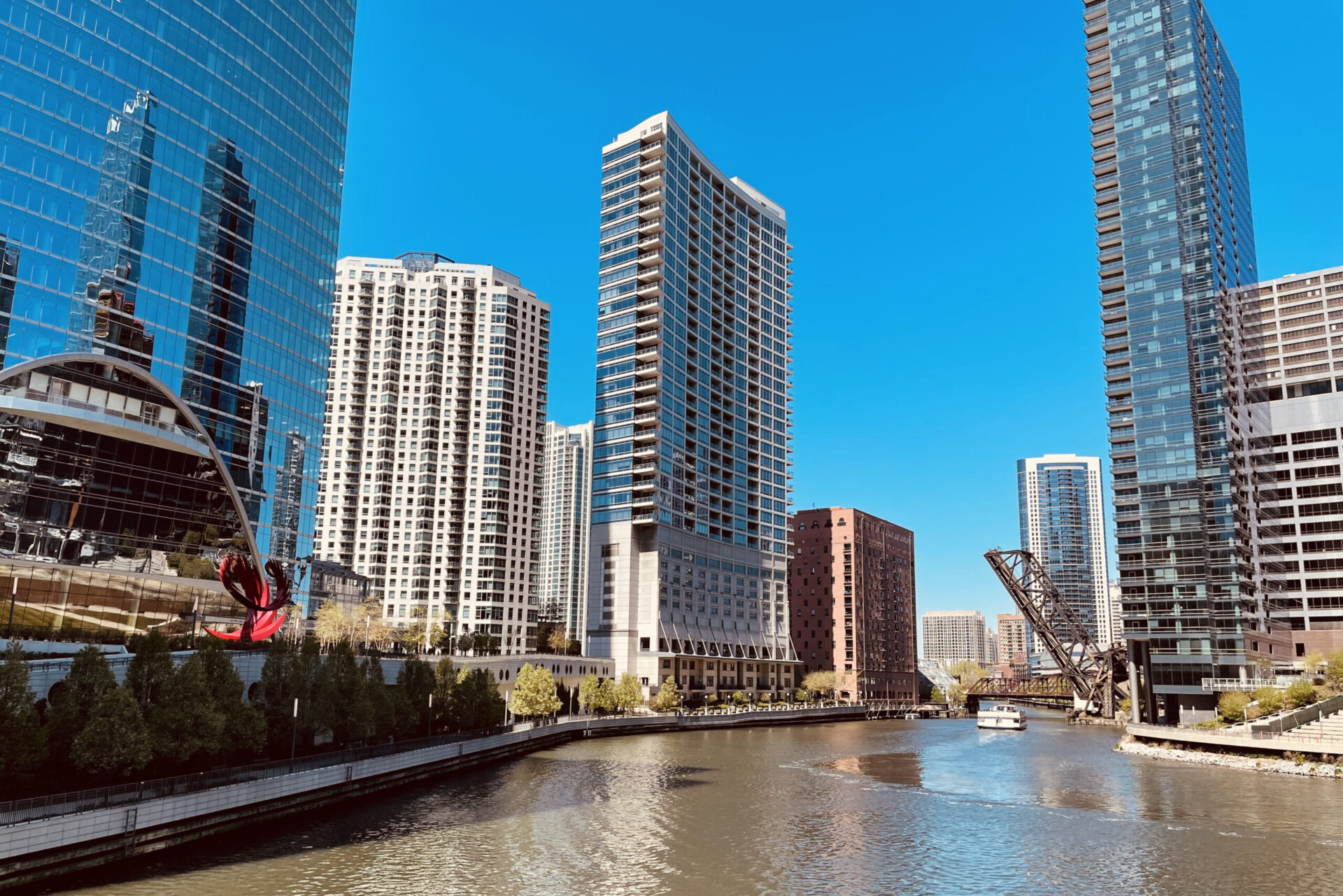
When I was a kid, my dad brought home a Radio Shack Crystal Radio kit for me to assemble. It was a fairly simple little kit– there was no soldering necessary because everything was held together by these little spring clip thingies.
Over the years, I built a bunch of other little electronic kits– never anything like one of those Heathkit Oscilloscopes, but little cool things, usually radios from kit-building companies like Graymark. Between my kit-building and the fact that I worked at an electronics-assembly plant while I was in high school and college, I became fairly proficient with a soldering iron. I think one of my favorite projects was a device I built that decoded weather maps that were sent via fax over shortwave radio. I built that one about 10 years ago from instructions in a magazine. I recently found it in a box of stuff that’s been sitting in storage until we moved recently.
A few weeks ago, I built the Little Sister Crystal Radio Kit from The Xtal Set Society, a group dedicated to keeping the spirit of crystal sets alive by developing new ways of creating very simple radio receivers with the most basic parts available. The very essence of a crystal radio is the ability to receive radio signals without using battery power or AC current– it’s an entirely self-powered device.
The Little Sister uses the most basic radio detection device– a glass diode (the “crystal”)– and surrounds it with components to bring it a few years forward. I didn’t have to wind a coil, which is usually a requirement for a crystal radio, because the designer substituted a pre-made solid state coil. And in contradiction to what I wrote above, this radio includes an audio amplification circuit that’s powered by a 9-volt battery.
It took a couple of days to assemble the kit, working slowly for about an hour at a time at the workbench in the garage. (In the old days, I didn’t need to use reading glasses for close work like this.) When the soldering iron heated up and that classic old smell of melting lead, aluminum, and flux entered my nose, my soldering “chops” came right back.
Like any radio of this design, you need to connect an antenna and an electrical ground. The ground was easy– there’s a pipe leading to an underground well in the garage, and I just ran a wire from there to the radio’s “Ground” terminal.
The antenna was a slightly different challenge: normally, you can just run a wire from where you’re sitting to a tree or something, but I wanted to put up an antenna I could also use with my shortwave radios. I bought some copper antenna wire from Universal Radio, dug out some insulators I bought from Radio Shack years ago, and strung about 50 feet of antenna wire between the roof of the house and the garage. I connected a wire to the antenna wire and ran it to the “Antenna” terminal of the radio.
Once I clipped the 9 volt battery in to place, the earphone came alive with the stronger AM signals in the area, with WGN and WBBM being the strongest. Like the simpler radios I built in the past, the stations tend to “bleed” over each other, but the tuning knob on the Little Sister helps to separate the stations.
One of the neat things about this radio is the fact that, with its audio amplification, it’s pretty loud. I can sometimes hear the weather forecast playing through the earphone while I’m getting in my car in the morning.
I’d recommend this kit to anyone who’s interested in beginning a hobby in electronics, or if you’re like me, you want to rekindle an old interest. Or if you just want to start saying the word “Fahnestock” again.
(I’ll be updating my radio site soon, and this radio will appear there, as well.)
